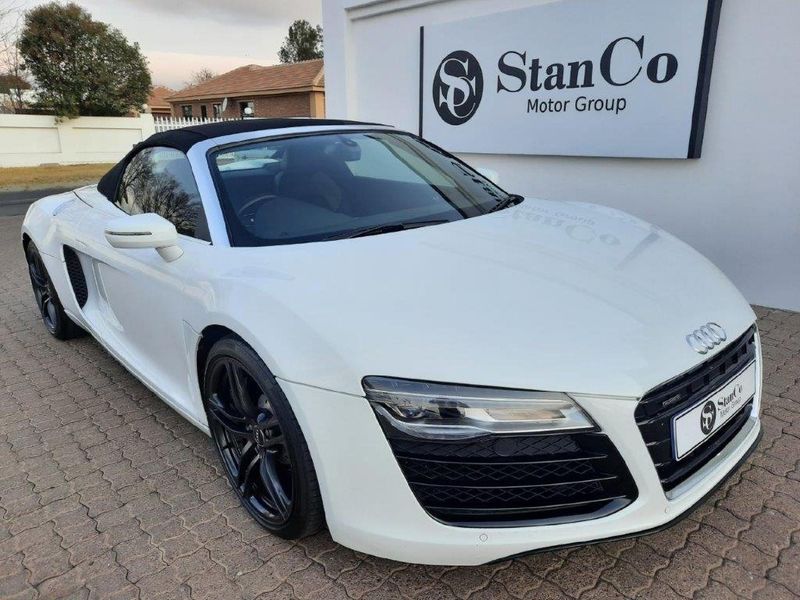

Some Richter harmonicas have combined elements of the solo tuning with the older chord-based tuning: This later became known as Solo Tuning and is now the most popular arrangement of notes on the chromatic harmonica: In the early 1900s, another layout was developed which repeated the complete major scale in the low, middle and high registers with the idea of being able to play melodies over a wider range, without having accompanying chords built into the instrument. In the late 1800s, a minor tuned version was devised:Īll of the above variations were based around being able to play a simple diatonic scale in the mid-range of the instrument, with simple accompaniment chords in the low octave. Sometimes, especially on lower key harps, the pattern is shifted one hole to the left: On some older harps, the root of the draw chord was replaced with the seventh: On smaller harps, just a section of the pattern is used: On larger harps, this pattern can be extended at each end: For example, a typical 10 hole Richter harmonica in the key of C is laid out like this: In fact, the tuning of the Richter harmonicas has varied somewhat over the years, although it usually has a pattern that gives repeated triads rooted on the tonic as blow notes and an extended dominant chord rooted on the fifth as the draw notes.
Harmonica key sound reference free#
Draw reeds were being used on aeolinas before the modern harmonica types were invented and the so-called "Richter tuning" was used on diatonic accordions and several other free reed instruments devised in Europe during the 1800s. However, solid historical evidence for this is lacking. Several dates are given for his invention and he is credited with adding draw notes to the harmonica and establishing the familiar tuning system most commonly used on this type of harmonica. The name for this style of construction comes from the person said to have invented it, either Anton Richter or Joseph Richter (or perhaps neither!) who either came from Haida or Haidau, hence the alternative term Haidaer (or Haidauer) System. Typically, the blow reeds are riveted at the end nearest the mouthpiece and the draw reeds are riveted at the end nearest the closed end of the chamber. Richter harmonicas usually have some sort of "sandwich-style" construction with a comb placed between two reedplates, one reedplate (usually the upper reedplate) carrying the blow reeds the other (usually the lower one) carrying the draw reeds. The Richter harmonica has between four and sixteen holes in the mouthpiece, each hole being more or less square in shape and leading to a chamber which supplies air to two reeds, one blow reed and one draw reed: The Richter System harmonica is a single reed diatonic, which means that each is sounded by one reed, as opposed to double reed diatonics, such as the various octave and tremolo instruments, where each note is sounded by a pair of reeds. In fact, the term Richter seems to be most commonly used to describe the tuning layout of the typical diatonic harmonica, although strictly speaking it actually describes the way the harmonica is constructed. The Richter harmonica is what most people mean when they use the term "diatonic harmonica". For almost a century after it was invented, the harmonica was nearly always a diatonic instrument and several varieties of the diatonic harmonica evolved over the years.

In the case of the harmonica, it usually means that the instrument's layout has the notes of a particular scale, some of which may be omitted and/or repeated, but has no notes from outside of that scale. For example, something that is diatonic to C major has the notes C, D, E, F, G, A and B, but no sharps or flats something that is diatonic to C# major has the notes C#, D#, E#, F#, G#, A# and B#, but no flats or naturals and so on. To put it simply, the term diatonic refers to a selection of notes having no sharps or flats other than those prescribed by the key signature. What are the different types of diatonic harmonica?


 0 kommentar(er)
0 kommentar(er)
